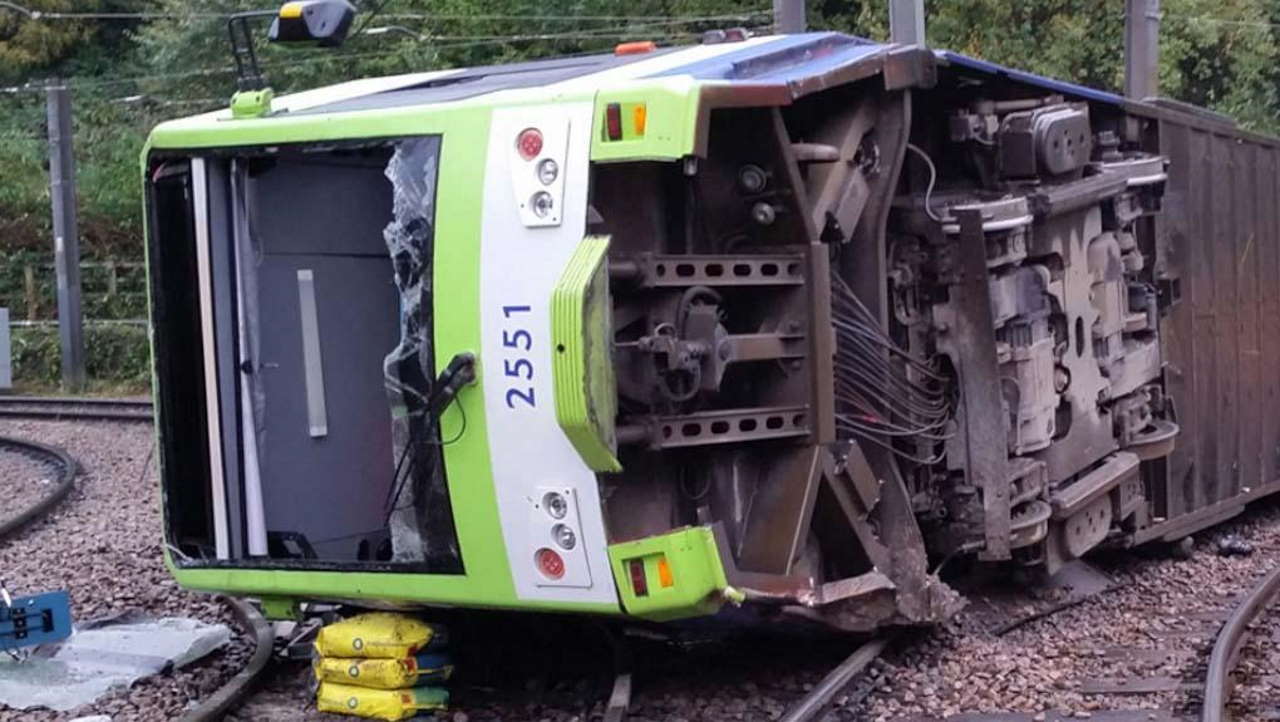The Office of Rail and Road has prosecuted Transport for London, Tram Operations Ltd and tram driver Alfred Dorris following the fatal Sandilands tram derailment in 2016.
The prosecution comes following The Office of Rail and Roads (ORR) comprehensive and thorough investigation into the incident which took place in November 2016.
ORR’s prosecution is for breaches to health and safety law. The regulator has alleged that Transport for London (TfL) failed to make certain the health and safety of passengers travelling on the Croydon Tramlink network.
Tram Operations Limited runs tram services for TFL have also failed to ensure the health and safety of passengers using the network, so far as reasonably practicable.
ORR has also accused tram driver Alfred Dorris of an alleged failure as an employee to take reasonable care of passengers whilst undertaking employed duties of driving the tram.
The hearing is set to take place at Croydon Magistrate’s Court with a date to be set soon.
ORR’s HM Chief Inspector of Railways Ian Prosser CBE said “My thoughts are with the families of the seven people who lost their lives on 9 November 2016, the many more injured and everyone whose lives have been impacted as a result of this incident.
“Following a detailed and thorough investigation, we’ve taken the decision to prosecute Transport for London, Tram Operations Limited and driver Alfred Dorris for what we believe to be health and safety failings.
“We’ve made a fair, independent and objective assessment about what happened, and it is now for the court to consider if any health and safety law has been breached.”






Responses
Why did competence management allow the second tunnel gap to be used as a braking point? Being 340 m from the curve, requires 9 percent g braking with regard to the gradient, and about 1.5 seconds freewheel. 6 percent g braking is stated as defensive braking in normal conditions, for trains. The tram was on a former railway line, and works to the same laws of physics. The hazard brake is fundamentally for emergency road use, but was not used anyway. This incident happened right in the thick of leaf fall!
I should think that Alfred Dorris shouldn’t of drove the tram because of his mental health.